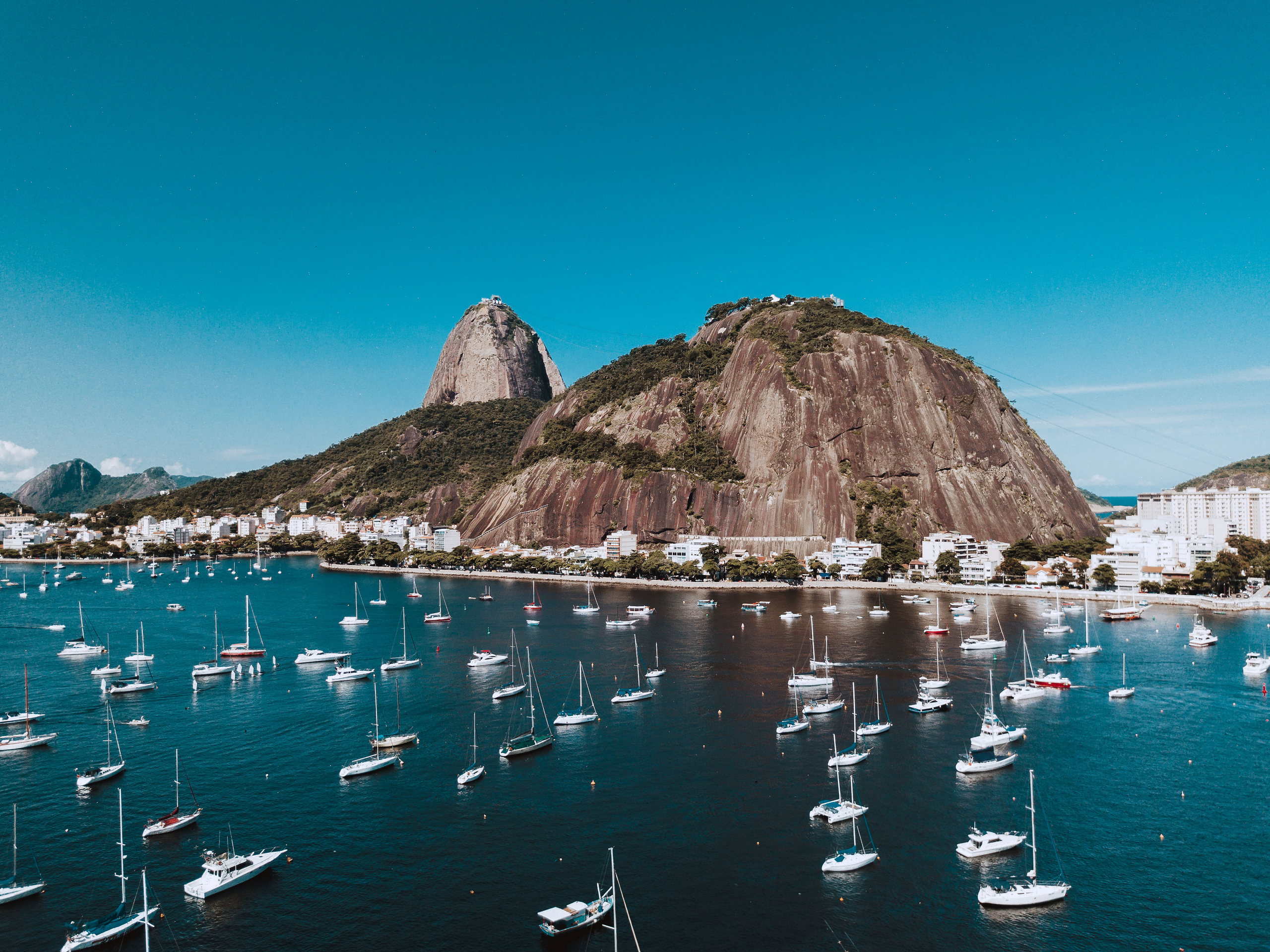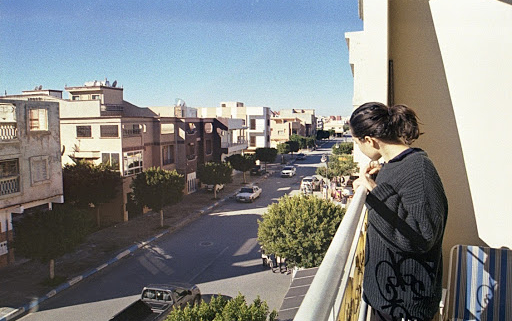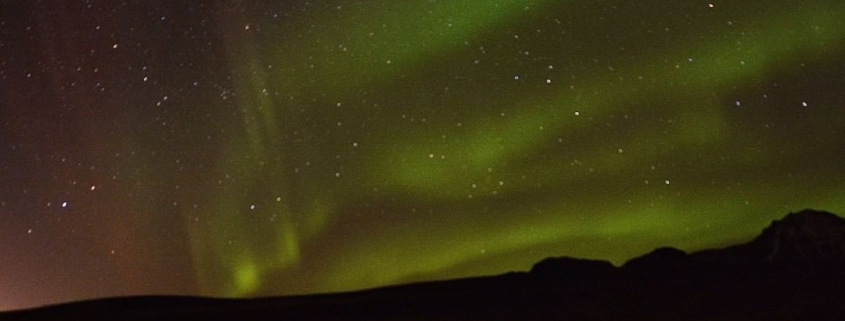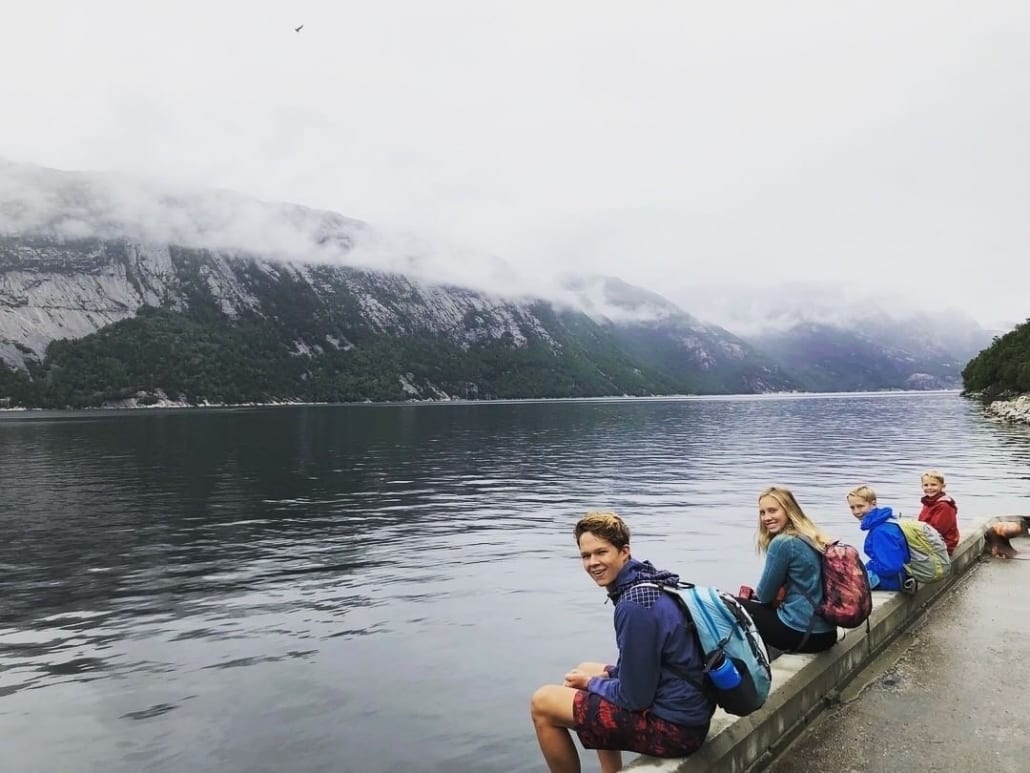Rio de Janeiro, meaning the River of January, is a place that pretty much has it all. With beautiful warm beaches, vibrant city life and luscious green mountains, there really is something for everyone. Whether you want to just relax on the beach, surf, hike the tropical mountains, dance at a local nightclub, explore the metropolitan area, or go on a more extreme excursion – Rio can make for an amazing trip.
If I could describe Brazilian culture using only two words they would be lively and inviting. The Brazilian people are super friendly, welcoming and passionate about enjoying life and living it to the fullest! Each year in February, over one million people visit Rio from all over the world to celebrate Carnival. This festival involves multiple parades throughout the country with massive elaborate floats, music, professional dancers, and more! Traditionally, Carnival celebrates the last days before Ash Wednesday – kicking off the Catholic Lent season. You’ll see the streets come alive with people of all ages dressed up in vibrant costumes, dancing to live music all around. It’s definitely a once-in-a-lifetime experience. Don’t forget, Rio is also known for their futebol, or soccer. The season is usually around May through December if you wanted to plan a trip during that time.
Brazil does have some issues with crime, but that shouldn’t steer you away from visiting. There are safety precautions and some tips (mentioned below) you should follow before hopping on the plane to head south of the border.
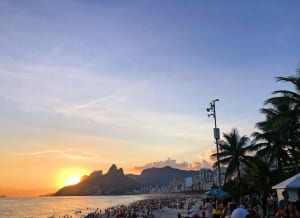
I hope this blog will not only inspire you to take a trip to Rio, but also to venture off the beaten path and maybe step out of your comfort zone. There’s so much to see and learn from this vivacious culture. Below are some recommendations, tips, and fun information to motivate you to visit Rio. Enjoy!
Places to see & things to do:
- Christ the Redeemer – Statue of Jesus Christ, One of the 7 Wonders of the World!
- Sugarloaf Mountain – Definitely another popular attraction; a fun experience with a beautiful scenic view of the city and open ocean! To get there, you can take the cable car up from the ground station next to Praia Vermelha or you can hike! The hiking trail begins at the bottom of Morro da Urca. For extreme adventurers, you can even rock climb up to the top!
- Relax or surf at some beautiful beaches! –
- The most famous beaches are Copacabana and Ipanema (about a mile and a half apart). You can take a stroll down the artsy boardwalk where there’s a plethora of street vendors; plus there are restaurants right there in the sand!
- Grab some drinks and a bite to eat and enjoy the live music – everywhere!
If you’re looking for less crowded beaches with good surf, try Macumbo Curvo, Joatinga, or Tropical Beach!
- Go for a bike ride! – You can rent some bikes (around $5 USD per hour) and explore around the city or different beaches. There are lots of bike trails and routes to take, very walkable and bike friendly!
- Visit the Jardim Botânico – A beautiful botanical garden, bring your camera!
- Explore Lapa – See the “Arcos da Lapa” (Lapa Arches, from when the Portuguese empire colonized Rio) Lapa is an area rich in nightlife if you want to get your samba on.
- Escadaria Selarón- “Selaron Steps” – A set of world-famous steps in Rio de Janeiro. They are the work of Chilean-born artist Jorge Selarón who described the stairs as his “tribute to the Brazilian people”.
- Take a dance class and learn how to Samba! I recommend booking with “Rio Samba Dancer” and then taking the night tour to the Samba clubs afterwards. Great for beginners and a fun opportunity to dive into the culture! You can search it on google and call the owner, super easy!
- Fill your lungs with fresh air & take a nature hike in the Tijuca National Rain Forest. Explore the luscious vegetation and connect with nature! You could even reach the summit of Corcovado (Portuguese for “hunchback”) – where the “Cristo Redentor” statue sits watching over the city.

